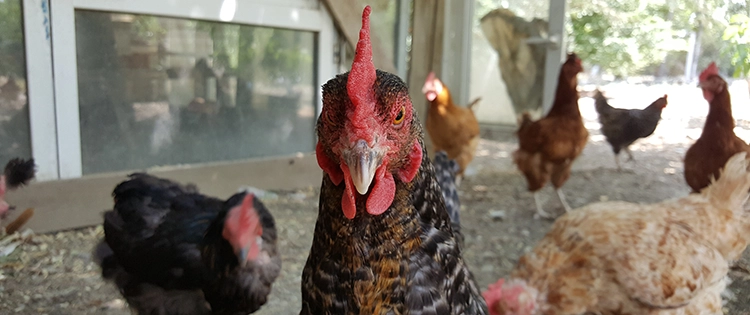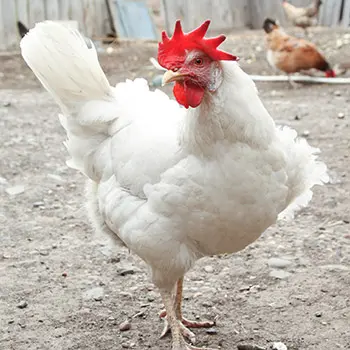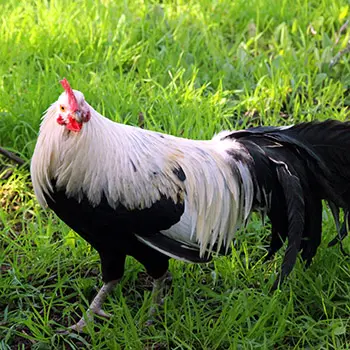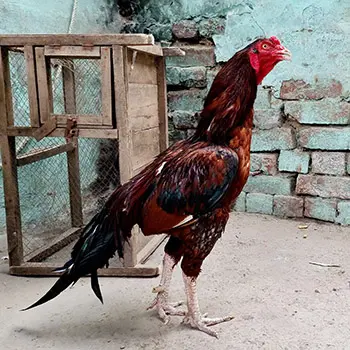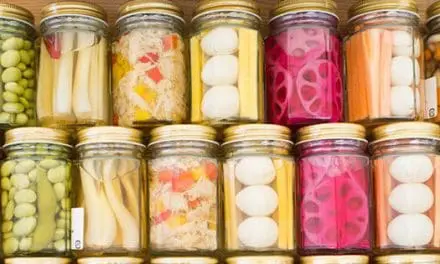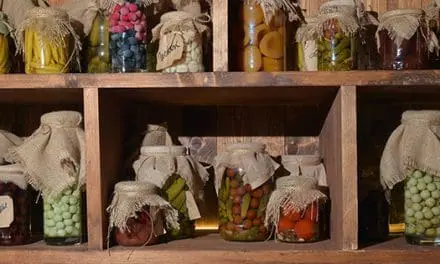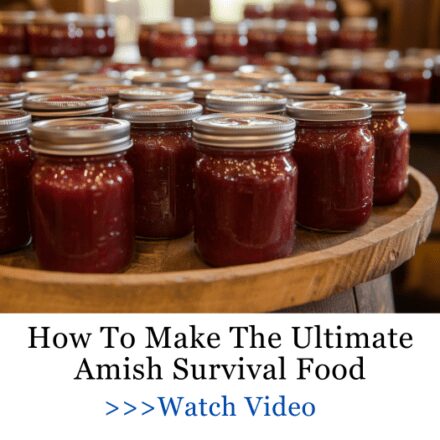Setting up a chicken coop on your farmstead is indeed an exciting and valuable adventure that comes with its own fair share of challenges. One such challenge lies in selecting the right chicken breeds for your flock. While many breeds offer ease of management and safety, some dangerous chicken breeds can introduce complexities, making you reconsider your poultry farming plans.
Among the considerations when choosing breeds are factors such as temperament, adaptability, and yes, aggression. Some breeds are known to exhibit more aggressive behaviors particularly due to their genetic makeup or gender.
So, what are these most dangerous chicken breeds? Do you have any of them in your flock? Let’s explore!
Asil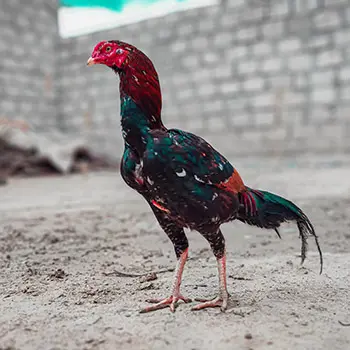
Asil chickens come from India and were originally bred for cockfighting, which explains their fierce temperament. Known for their large size, powerful build, and strong legs, these chickens are built for fighting.
Their aggression can show up in different situations, whether they’re around other chickens or humans.
Always alert, Asil chickens keep an eye out for potential threats. Their confident, dominant attitude sets them apart from other breeds, making them one of the most feared chickens in the poultry world.
Related: Most Vicious Chicken Predators
Dangerous Chicken Breeds: Malay
Malay chickens come from Southeast Asia and have adapted to tough environments, building resilience over time. Their toughness stems from their history in cockfighting, where selective breeding for aggression was key.
Their hostility can quickly escalate, especially during territorial disputes. Without careful management, conflicts with other birds or humans can result in serious injuries. Malay chickens are known to use their sharp beaks when threatened, causing potential harm. It’s important to address any aggressive behavior right away.
Cornish Chickens
Cornish chickens, also called Indian Game, come from Cornwall, England, and were developed in the late 19th century. They were bred by mixing traits from various game birds, like Malay and Old English Game, which can make them occasionally aggressive within a flock.
Although Cornish chickens are usually not aggressive towards humans or other chickens, they can get defensive if they feel their territory or resources are threatened. To keep things peaceful, make sure they have plenty of space and resources to reduce competition.
Related: Do This For Your Chickens So They Lay More Eggs
Dangerous Chicken Breeds: American Game
American Game chickens have a strong fighting instinct, bred into them for cockfighting in the past. They can be aggressive, often pecking, kicking, or sparring with other chickens, especially roosters. This aggression can quickly escalate into serious fights, causing injuries.
Along with their combative nature, Game chickens are also known for being very vocal. If you’re looking for a peaceful, calm environment, this breed might not be the best fit for your homestead.
Old English Game
Old English Game chickens have a long history in England and are among the oldest recognized breeds. They were selectively bred for traits like aggression, strength, and endurance, making them one of the most hostile chicken breeds.
Additionally, Old English Game chickens are highly territorial. They prefer to be left alone, guarding their food, water, and space—sometimes even from their flock mates. This instinct often leads to behaviors like pecking, chasing, and fighting as they establish and defend their dominance in the flock.
Related: Why Are My Chickens Eating Their Own Eggs?
Dangerous Chicken Breeds: Oriental Game
Oriental Game chickens are known for their strong fighting instincts, a result of generations bred for cockfighting. Their active nature requires plenty of space, and when they’re confined, frustration and aggression can quickly follow.
This aggressive trait, combined with their high energy, often causes frequent conflicts within the flock. These fights can harm other chickens and increase the risk of injury to humans, including cuts, bruises, and deep wounds during interaction.
Shamo
Shamo chickens have a rich history in Japan, where they were bred for cockfighting over many centuries. One key trait of this breed is their strong dislike of confinement; they thrive in open spaces where they can roam freely. When kept in small coops or confined areas, Shamo chickens can become stressed, agitated, and more aggressive.
Shamo chickens are also highly aggressive toward others of the same sex. Roosters, in particular, often engage in intense fights to establish dominance within the flock.
Dangerous Chicken Breeds: Cubalaya
Cubalaya chickens, hailing from the lively streets of Santiago de Cuba, bring a touch of Caribbean flair to your farm. These dual-purpose birds are known for their excellent egg-laying ability and flavorful meat, making them a valuable addition to any homestead.
However, don’t be fooled by their colorful feathers—Cubalayas have a fiery spirit! With their strong flying skills and territorial nature, they can show a feisty side, especially when protecting their space.
In summary, choosing the right chicken breeds for your coop is crucial for maintaining a peaceful flock. Each breed, from the territorial Cubalaya to the vigilant Asil, brings unique challenges and benefits. Understanding their behaviors and needs is key to successful poultry farming.
This guide offers insights into which chicken breeds might be more difficult for your homestead. With this knowledge, you can make informed decisions to ensure a thriving farm.
Best of luck!
Why Are My Chickens Losing Feathers?
If You See This Plant in Your Backyard, Burn It Immediately! (Video)
Read This Before Getting Ducks

